Where Ancient and Modern Meet on the Plains of Wyoming
What was the first national monument in the United States?
If you said Devils Tower, Wyoming (September 1906), then you’d be right. (C’mon. Admit it. You were probably thinking of a different place….)
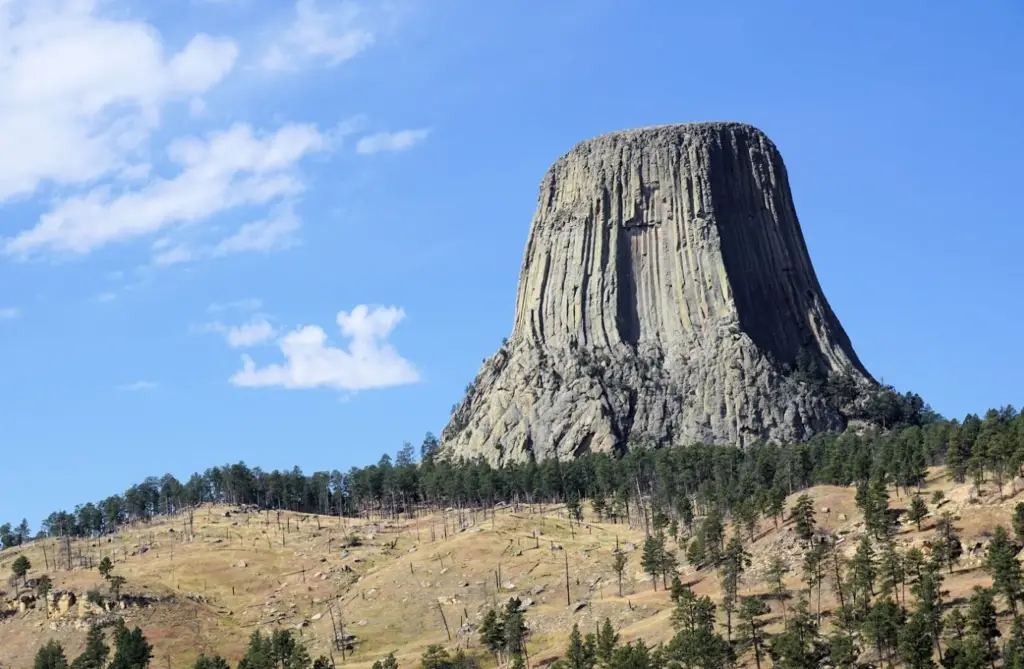
Photo: FRLambrechtsen
What is Devils Tower?
Devils Tower is a large geologic feature that stands nearly 1,300 feet over the plains of northeast Wyoming. At the top it’s around 180 feet wide by about 300 feet long. That’s about the size of a football field. It’s wider at the bottom. It’s about a one mile walk around the base.
Devils Tower is volcanic rock. Geologists have studied the area in detail. They estimate the tower is leftover from volcanic activity from over 50 million years ago. Basically, hot lava filled an opening in the Earth’s crust. It cooled and became solid. The softer rock in the surrounding area eroded away and left the rock tower still standing.
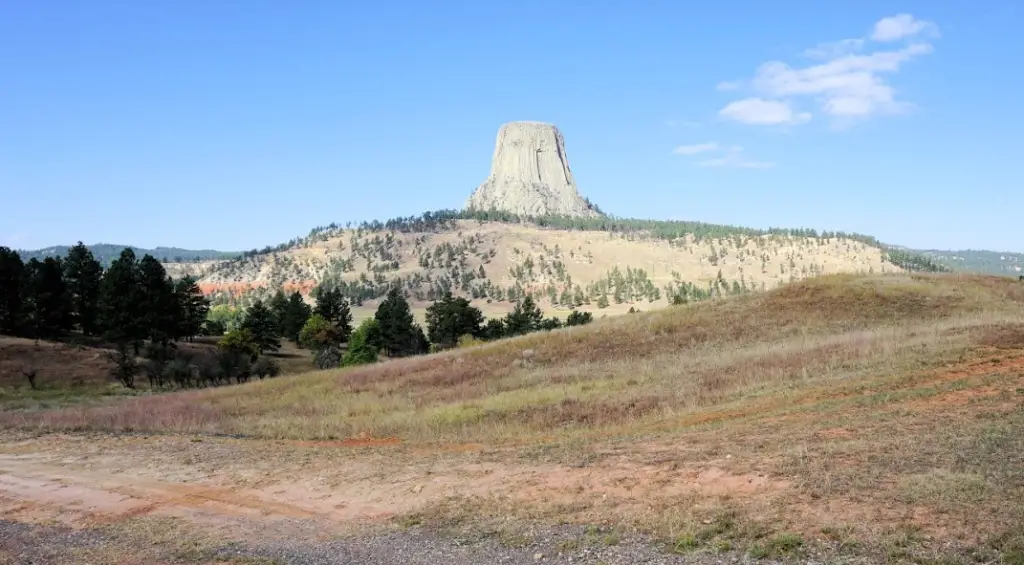
Photo: FR Lambrechtsen
Who were the first to see Devils Tower?
Native Americans were the first to see Devils Tower. Most historians agree that Native American cultures in the area go back thousands of years. The different tribes had different names for Devils Tower. The names include “Bear’s Lodge,” “Bear’s Tipi,” “Tree Rock,” and more.
The Devils Tower name is more recent.
The Lewis and Clark expedition passed near this area in 1806. Later, fur trappers and mountain men came to the area. The first documented visit to the area by white men was in 1859. In 1875, Richard I. Dodge, a colonel in the US Army, was on a survey expedition in the Wyoming territory. An Army translator interpreted a Native American name for the place incorrectly. The translation given to Dodge was: “Bad God’s Tower.” (The Lakota name for bad god or evil spirit is: wakansica. The Lakota name for black bear is: wahanksica.) Dodge changed the mistaken translation to Devils Tower. There has been controversy ever since.
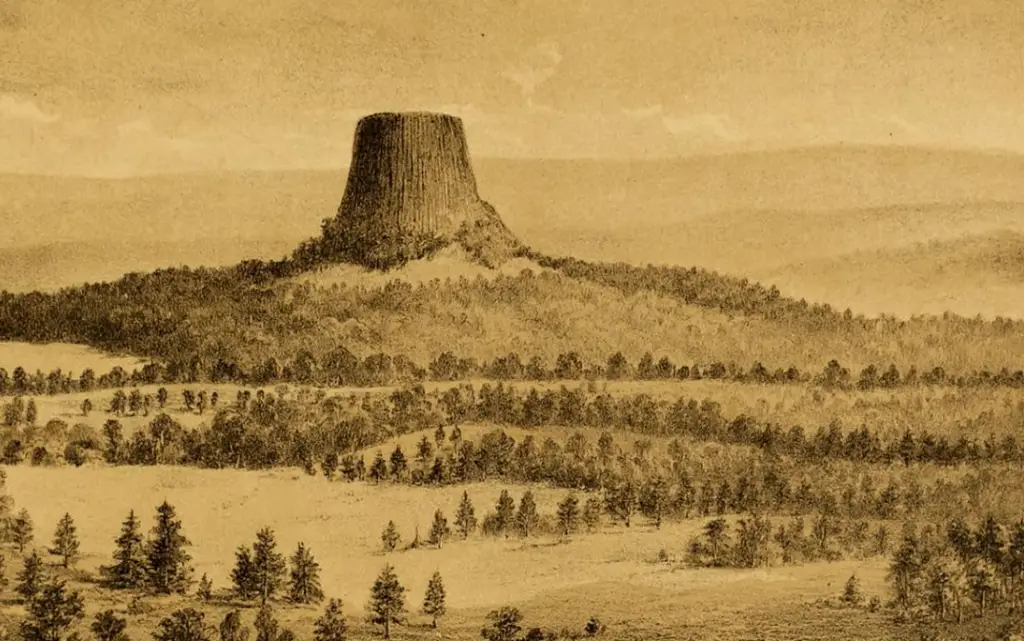
Created: December 1879
Source: Wikimedia Commons
Also, grammar hounds often ask, “Shouldn’t it be…Devil’s Tower…with an apostrophe?” The National Park Service has provided this interesting backstory: “When the proclamation establishing Devils Tower as a national monument was published, the apostrophe was mistakenly left off from ‘Devil’s’ — and this clerical error was never officially corrected.”
Why does the tower look like it has scratch marks up and down the sides of it?
Native Americans believe that bears made what look like scratch marks all around the tower. There is a story among the Kiowa and the Lakota people. In the story, seven girls (sisters?) went out to play. Large bears found them and started to chase them. The girls climbed on top of a rock and began to pray to the Great Spirit to save them. The Great Spirit made the rock rise higher. The bears climbed the rock to go after the girls. Their claws left deep marks in the sides of the rock. Rising higher and escaping from the bears, the girls became the stars we see now in the Pleiades constellation in the wintertime sky. (The Seven Sisters?)
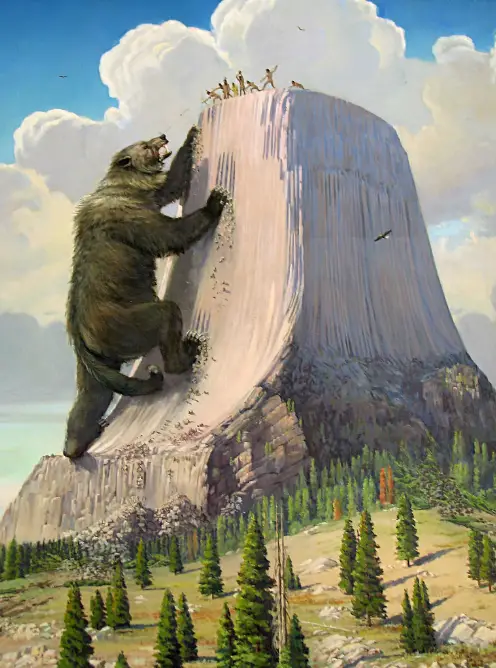
Visitor Center at Devils Tower National Monument
Geologists believe that molten lava pushed up through holes in the Earth’s crust and then began to cool. As the rock cooled over time, vertical columns formed. Upward movement from below and erosion from wind and weather above have exposed what appears to be the vertical “scratch” marks we see today.
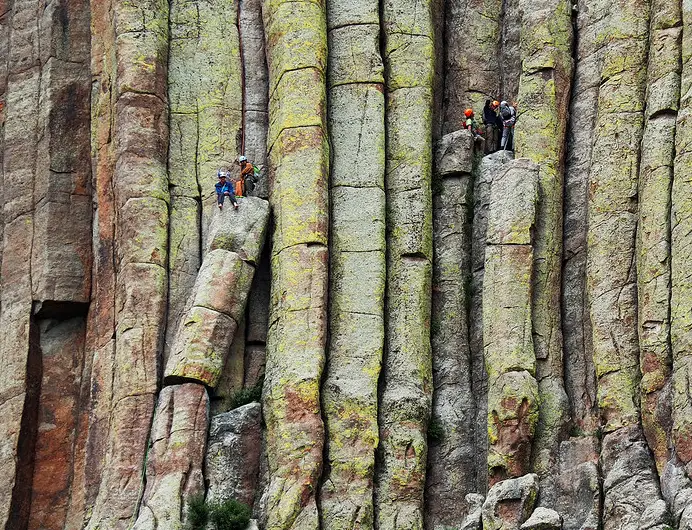
Photo: Flickr – ladigue_99 – May 2017
If Devils Tower seems familiar to you, it may be because it was used as a key part of the 1977 Steven Spielberg movie, Close Encounters of the Third Kind. (I’ll admit it. The movie made Devils Tower famous for me.)
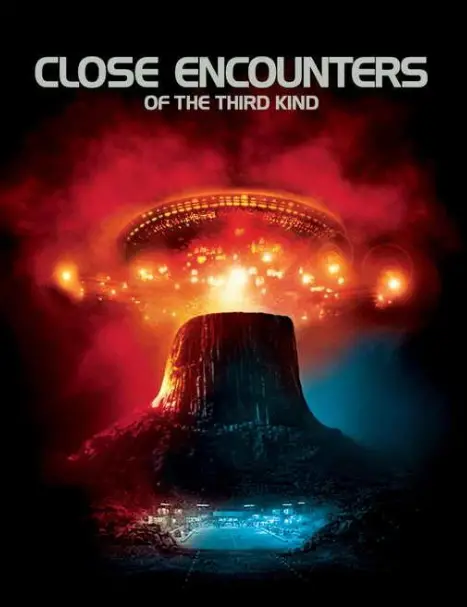
Columbia Pictures – November 1977
How to get there?
When I visited, I came from the west. I stayed overnight in Gillette, Wyoming. Gillette is a major stop along Interstate 90. (Because of large amounts of coal, oil, and natural gas in the area, Gillette has been called the energy capital of America.) I stopped in Moorcroft to see the West Texas Trail Museum (a worthwhile stop). From there I turned north onto Highway 14. Devils Tower is about 30 miles northeast of Moorcroft.
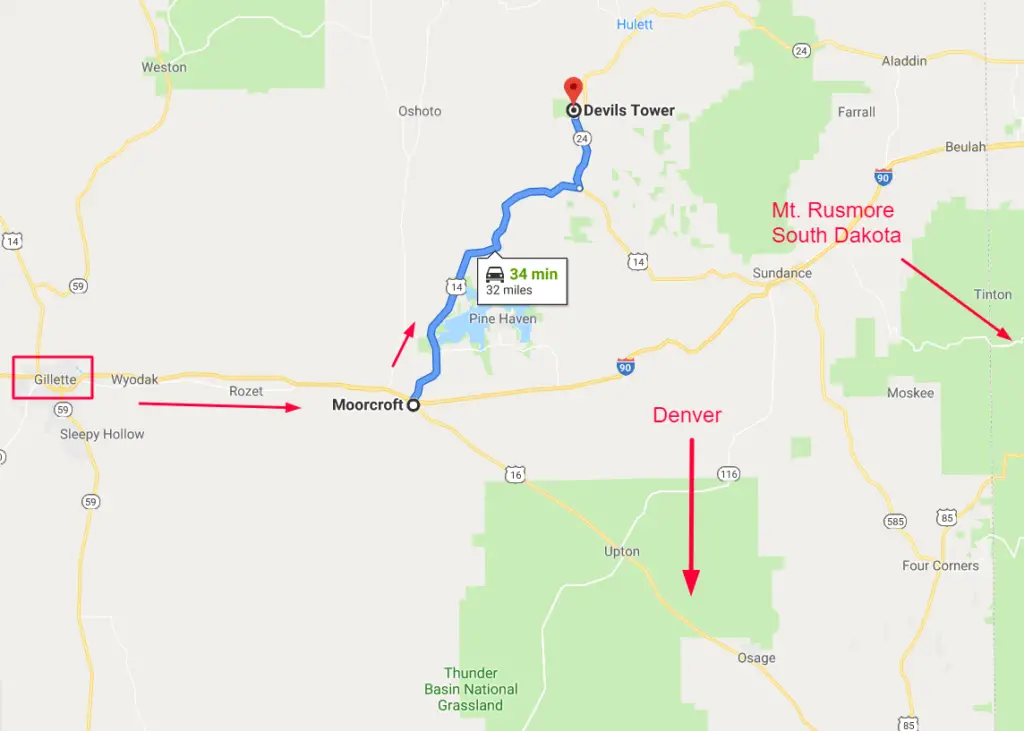
Source: Google Maps
Devils Tower isn’t far from Mount Rushmore. It’s a little over 120 miles farther east into South Dakota. So many interesting places to visit! So little time! And if you’re in a hurry to get somewhere else by air, then Denver International Airport is only a six-hour drive to the south.
Happy trails and….stay curious!
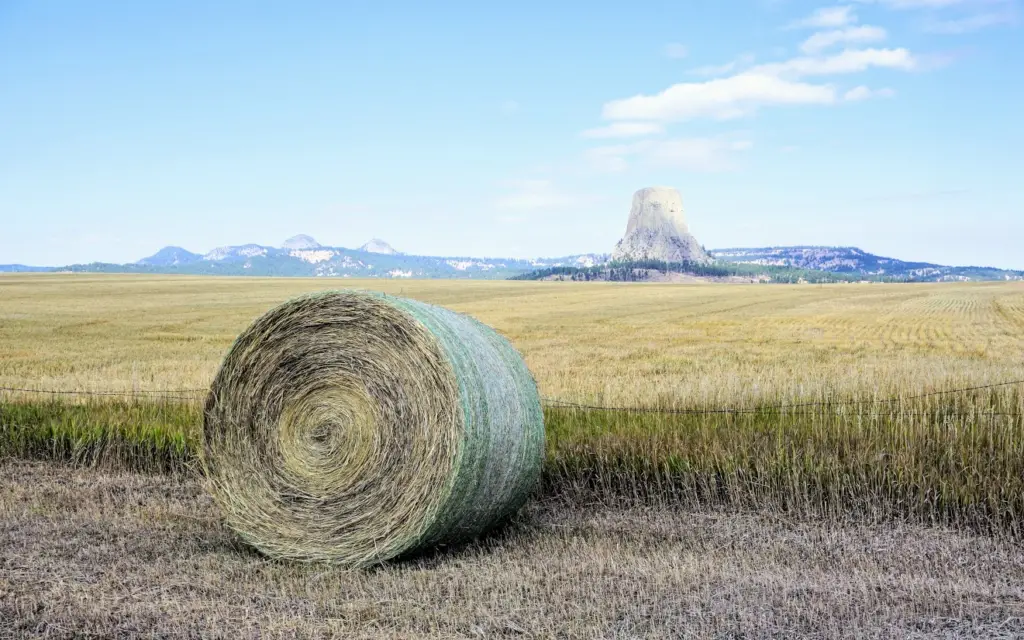
Photo: FRLambrechtsen
